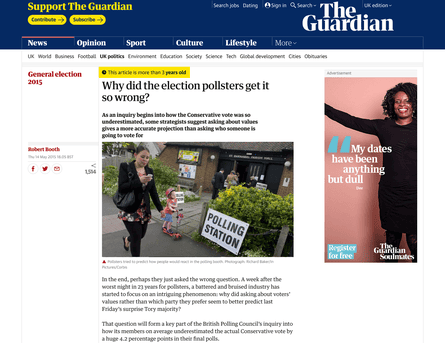Some Known Incorrect Statements About News Articles
Some Known Incorrect Statements About News Articles
Blog Article
News Articles Fundamentals Explained
Table of ContentsWhat Does News Articles Mean?The Definitive Guide to News ArticlesA Biased View of News ArticlesThe Only Guide for News ArticlesOur News Articles PDFs
Great knowledge of various subjects offers students an one-upmanship over their peers. Also though digital and social networks are readily easily accessible, we ought to not neglect how crucial it is to review the newspapers. Moms and dads should attempt and inculcate the routine of reading a paper as a daily routine to proceed the legacy of the adored print tool.Newspaper article also include at the very least one of the complying with important features about the designated audience: closeness, prominence, timeliness, human rate of interest, curiosity, or effect. The relevant term journalese is in some cases utilized, generally pejoratively, to refer to news-style writing. One more is headlinese. Papers usually adhere to an expository writing style.
Within these limitations, news stories also intend to be thorough. Amongst the larger and much more reputable newspapers, fairness and equilibrium is a significant element in presenting details.
Papers with a worldwide audience, for instance, often tend to utilize a much more formal design of composing. The particular choices made by an information electrical outlet's editor or content board are typically gathered in a design overview; common design overviews include the and the United States News Style Publication. The primary objectives of information writing can be summarized by the ABCs of journalism: precision, brevity, and clarity.
What Does News Articles Do?
As a guideline, journalists will certainly not use a long word when a short one will certainly do. News authors try to avoid utilizing the same word more than as soon as in a paragraph (in some cases called an "echo" or "word mirror").
However, headlines occasionally omit the subject (e.g., "Leaps From Watercraft, Catches in Wheel") or verb (e.g., "Cat woman fortunate"). A subhead (also subhed, sub-headline, subheading, subtitle, deck or dek) can be either a subordinate title under the major heading, or the heading of a subsection of the short article. It is a heading that comes before the major text, or a group of paragraphs of the main text.

Extra signboards of any of these types might appear later on in the post (particularly on subsequent pages) to lure additional analysis. Such billboards are additionally used as pointers to the short article in various other sections of the magazine or website, or as ads for the item you can try here in other magazine or sites. Normal structure with title, lead paragraph (recap in vibrant), other paragraphs (information) and get in touch with details.

Example of a hard-lead paragraph NASA is suggesting another area job. The company's budget demand, announced today, consisted of a plan to send out one more objective to the Moon. This moment the agency hopes to establish a long-term center as a jumping-off point for various other room journeys. The spending plan demands roughly $10 billion for the job.
An "off-lead" is the second most vital front page news of the day. To "bury the lead" is to begin the post with history details or details of additional significance to the visitors, requiring them to review even more deeply right into a write-up than they need to have to in order to discover the important factors.
The Ultimate Guide To News Articles
Usual use is that a person or two sentences each form their own paragraph. Journalists generally describe the company or structure of an information story as an upside down pyramid. The vital and most fascinating aspects of a story are placed at the beginning, with supporting information following in order of diminishing value.
It permits individuals to discover a topic to only the deepness that their curiosity takes them, and without the imposition of information or subtleties that they might take into consideration unimportant, however still making that info readily available to more interested viewers. The upside down pyramid framework also makes it possible for write-ups to be trimmed to any type of arbitrary size throughout design, to suit the space offered.
Some writers begin their tales with the "1-2-3 lead", yet there are lots of type of lead readily available. This style invariably starts with a "5 Ws" browse this site opening up paragraph (as described above), followed by an indirect quote that offers to support a significant element of the very first paragraph, and after that a direct quote to sustain the indirect quote. [] A kicker can describe multiple things: The last story in the news broadcast; a "happy" story to finish the program.
Longer write-ups, such as publication cover write-ups and the items that lead the within areas of a paper, are recognized as. Function stories differ from straight news in numerous methods.
The smart Trick of News Articles That Nobody is Talking About
An attribute's first paragraphs frequently relate a fascinating minute or occasion, as in an "anecdotal lead". From the details of a person or view episode, its view promptly expands to abstract principles concerning the story's topic.

The Editor's Tool kit: A Reference Overview for Beginners and Professionals (2001) Allan M. Siegal and William G. Connolly. The New York Times Guidebook of Design and Usage: The Authorities Style Guide Used by the Writers and Editors of the World's Many Reliable Newspaper (2002) M. L. Stein, Susan Paterno, and R.
Report this page